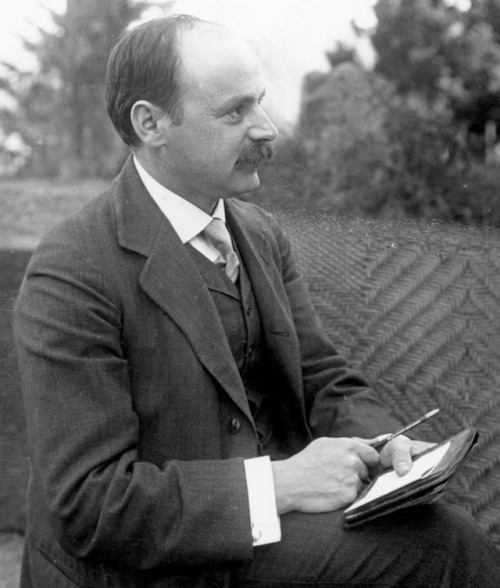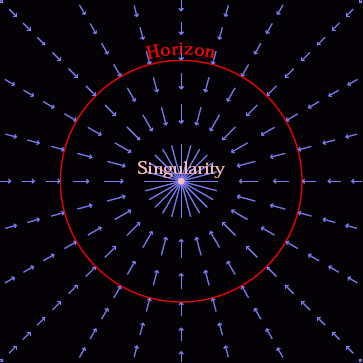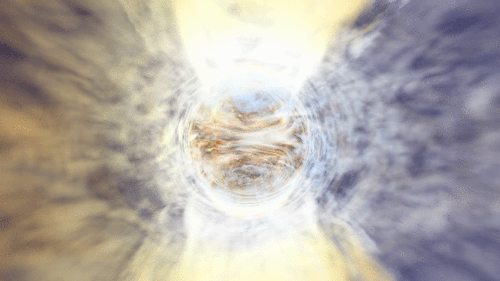X

x
More Posts from Csmsdust and Others


Starting uni again + honorable mention, my support animals

By tracking mRNA scientists can view chemicals within the brain creating memories for the first time.
(x)



Glass Octopus l Phoenix Islands

The books I'm reading at the moment.

Meditations by Marcus Aurelius - I love this book. It puts you in the perspective of the time and space you occupy, I found a lot of my own thinking and feelings within the pages of this book. A guy born in AD 121 has very clear view on life that is still relevant today.

Great Adaptations by Kenneth Catania - A professor of biological sciences takes you on a journey with him while he studies various animals adaptive abilities. Star nosed moles, electric eels, tentacled snakes... Very interesting insight in how these creatures evolved and adapted.

What we cannot know by Marcus du Sautoy - Explains concepts from the ground up, I like the illustrations that accompany the text and practical examples. Lays foundations to the known and wonders into the future of research and the possibilities that come with it as well as limitations. Covering themes from quantum physics and cosmology to sensory perception and neuroscience.

Labyrinths of reason by William Poundstone - "Blue sky, sunshine, deja vu glazed with dread." How do you know this isn't all a dream? Is anything certain? Ontology, logic, mathematics, deduction, epistemology, memory formation, paradoxes and puzzles.

A brain for numbers by Andreas Nieder - Humans' understanding of numbers is intuitive. How are infants able to perceive numbers even before they learn the words for them? How do our brains process numbers? Can animals count? He shows how it is an adaptive ability and that plenty of animals have the number sense too. There is a variety of research and supporting evidence mentioned which I really like.






Meditations by Marcus Aurelius

from letterarii






Karl Schwarzschild
He provided the first exact solution to the Einstein field equations of general relativity, for the limited case of a single spherical non-rotating mass, which he accomplished in 1915, the same year that Einstein first introduced general relativity. The Schwarzschild solution, which makes use of Schwarzschild coordinates and the Schwarzschild metric, leads to a derivation of the Schwarzschild radius, which is the size of the event horizon of a non-rotating black hole.
Schwarzschild accomplished this while serving in the German army during World War I. He died the following year from the autoimmune disease pemphigus, which he developed while at the Russian front. Various forms of the disease particularly affect people of Ashkenazi Jewish origin.
Asteroid 837 Schwarzschild is named in his honour, as is the large crater Schwarzschild, on the far side of the moon. (source) (biography) (more)
-
 aurang reblogged this · 5 months ago
aurang reblogged this · 5 months ago -
 fluppypuppy333 reblogged this · 10 months ago
fluppypuppy333 reblogged this · 10 months ago -
 lemurla reblogged this · 1 year ago
lemurla reblogged this · 1 year ago -
 croutonnet reblogged this · 1 year ago
croutonnet reblogged this · 1 year ago -
 snowbleat reblogged this · 1 year ago
snowbleat reblogged this · 1 year ago -
 an-enigmatic-mind reblogged this · 1 year ago
an-enigmatic-mind reblogged this · 1 year ago -
 bonesandpoemsandflowers liked this · 1 year ago
bonesandpoemsandflowers liked this · 1 year ago -
 hueylewisandtheblues reblogged this · 1 year ago
hueylewisandtheblues reblogged this · 1 year ago -
 barkscale reblogged this · 1 year ago
barkscale reblogged this · 1 year ago -
 betweendirtandstone reblogged this · 1 year ago
betweendirtandstone reblogged this · 1 year ago -
 nottotell liked this · 1 year ago
nottotell liked this · 1 year ago -
 westburial reblogged this · 1 year ago
westburial reblogged this · 1 year ago -
 westburial liked this · 1 year ago
westburial liked this · 1 year ago -
 pcmorford liked this · 1 year ago
pcmorford liked this · 1 year ago -
 ketavinsky reblogged this · 1 year ago
ketavinsky reblogged this · 1 year ago -
 convince-or-confuse reblogged this · 1 year ago
convince-or-confuse reblogged this · 1 year ago -
 rustedskyprisms liked this · 1 year ago
rustedskyprisms liked this · 1 year ago -
 hueylewisandtheblues liked this · 1 year ago
hueylewisandtheblues liked this · 1 year ago -
 timeoverload reblogged this · 1 year ago
timeoverload reblogged this · 1 year ago -
 rube-de-leon liked this · 1 year ago
rube-de-leon liked this · 1 year ago -
 twinscorpion33 liked this · 1 year ago
twinscorpion33 liked this · 1 year ago -
 fuzzyyaya liked this · 1 year ago
fuzzyyaya liked this · 1 year ago -
 bluntfiend161 liked this · 1 year ago
bluntfiend161 liked this · 1 year ago -
 yogalizard liked this · 1 year ago
yogalizard liked this · 1 year ago -
 matchbach liked this · 1 year ago
matchbach liked this · 1 year ago -
 observist liked this · 1 year ago
observist liked this · 1 year ago -
 cowhidepillowcase liked this · 1 year ago
cowhidepillowcase liked this · 1 year ago -
 famehooka reblogged this · 1 year ago
famehooka reblogged this · 1 year ago -
 escoteriica reblogged this · 1 year ago
escoteriica reblogged this · 1 year ago -
 drakespopularityisbaffling reblogged this · 1 year ago
drakespopularityisbaffling reblogged this · 1 year ago -
 drakespopularityisbaffling liked this · 1 year ago
drakespopularityisbaffling liked this · 1 year ago -
 powersnuffgirls liked this · 1 year ago
powersnuffgirls liked this · 1 year ago -
 elevenses reblogged this · 1 year ago
elevenses reblogged this · 1 year ago -
 ectantile liked this · 1 year ago
ectantile liked this · 1 year ago -
 teddys-sad13 liked this · 1 year ago
teddys-sad13 liked this · 1 year ago -
 forqx reblogged this · 1 year ago
forqx reblogged this · 1 year ago -
 bprodukt liked this · 1 year ago
bprodukt liked this · 1 year ago -
 scrumpyjak liked this · 1 year ago
scrumpyjak liked this · 1 year ago -
 thepinkseashell liked this · 1 year ago
thepinkseashell liked this · 1 year ago -
 croutonnet liked this · 1 year ago
croutonnet liked this · 1 year ago -
 kuminemo liked this · 1 year ago
kuminemo liked this · 1 year ago -
 beccax182 liked this · 1 year ago
beccax182 liked this · 1 year ago -
 artemisinfurs liked this · 1 year ago
artemisinfurs liked this · 1 year ago -
 eosphorusss reblogged this · 1 year ago
eosphorusss reblogged this · 1 year ago -
 jadestoned reblogged this · 1 year ago
jadestoned reblogged this · 1 year ago -
 rrhododendron reblogged this · 1 year ago
rrhododendron reblogged this · 1 year ago -
 rrhododendron liked this · 1 year ago
rrhododendron liked this · 1 year ago -
 sunnyberrys liked this · 1 year ago
sunnyberrys liked this · 1 year ago -
 arealdragon reblogged this · 1 year ago
arealdragon reblogged this · 1 year ago





